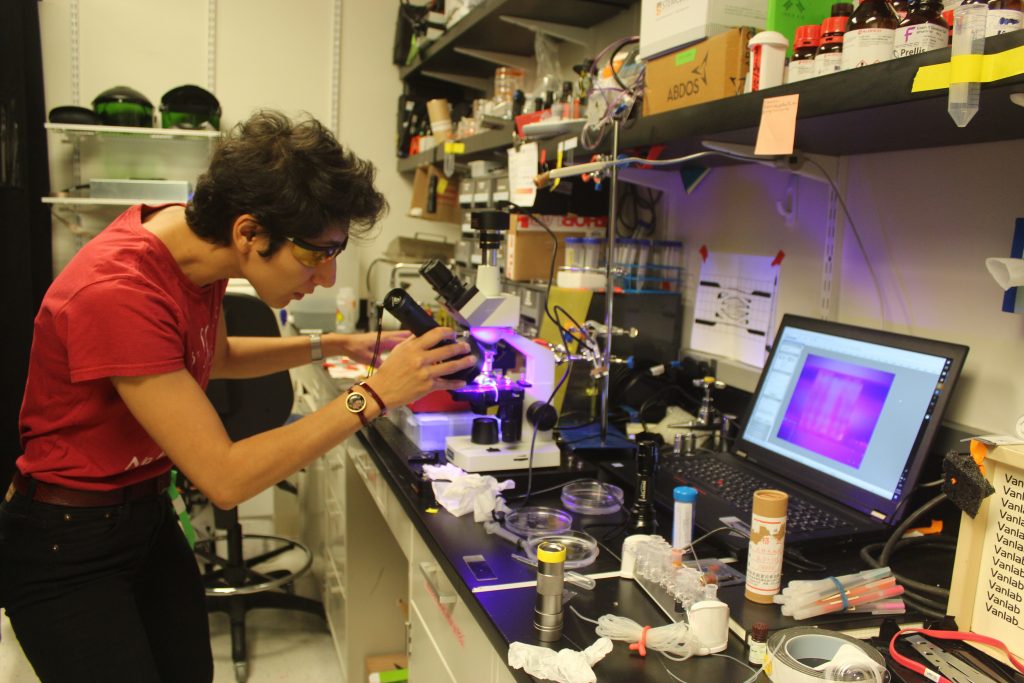Following a research which aims at printing human tissue with viable capillaries and above all, printing these anatomical models closer to reality, Prellis Biologics, a San Francisco-based 3D tissue printing company could have broken speed records in such type of operation.
How to create viable human organs
One of the main issue in tissue engineering is to be able to create tissue with a speed and resolution good enough to produce viable capillaries.
Capillaries are about 5 to 10 microns in diameter (in comparison, a human hair is 75 to 100 microns) hence the need to print with resolutions as small as 0.5 microns and on the scientific market today, it still requires several weeks to print a centimeter cube of human tissue with microvasculature.

From this observation, Melanie Matheu, PhD, CEO and co-founder of Prellis Biologics decided to implement a technology that could achieve these needs, therefore create functional organ replacements.
According to the company, its holographic 3D printing technology “can create the complex microvascular and scaffolding that allows human tissue to survive. Printing speed is crucial, since cells can only survive for a limited amount of time without a blood supply. And tissue that is densely packed with cells will die in less than 30 minutes unless oxygen and nutrients can be supplied immediately, through capillaries.” “The speed we can achieve is limited only by the configuration of the optical system,” Dr. Matheu says. “We are now exploring custom optical system development, which will dramatically increase our capabilities. Our ultimate goal is to print the entire vascular system of a kidney in 12 hours or less.”

A reluctance to biological printers?
In view of this innovation, scientists of this company do not really comply with the increasing development of biological printers and cell-compatible inks. Indeed, such type of technology is based on extrusion printing, and does not really keep cell alive because of its low resolution and low speed to create capillaries.
Before confirming the validity of this assertion regarding the low efficiency of bio-printers, we would recommend to get the feedback of several experts in the domain.
For further information about 3D Printing, follow us on our social networks and subscribe to our newsletter
Would you like to subscribe to 3D Adept Mag? Would you like to be featured in the next issue of our digital magazine? Send us an email at contact@3dadept.com
//pagead2.googlesyndication.com/pagead/js/adsbygoogle.js
(adsbygoogle = window.adsbygoogle || []).push({});





